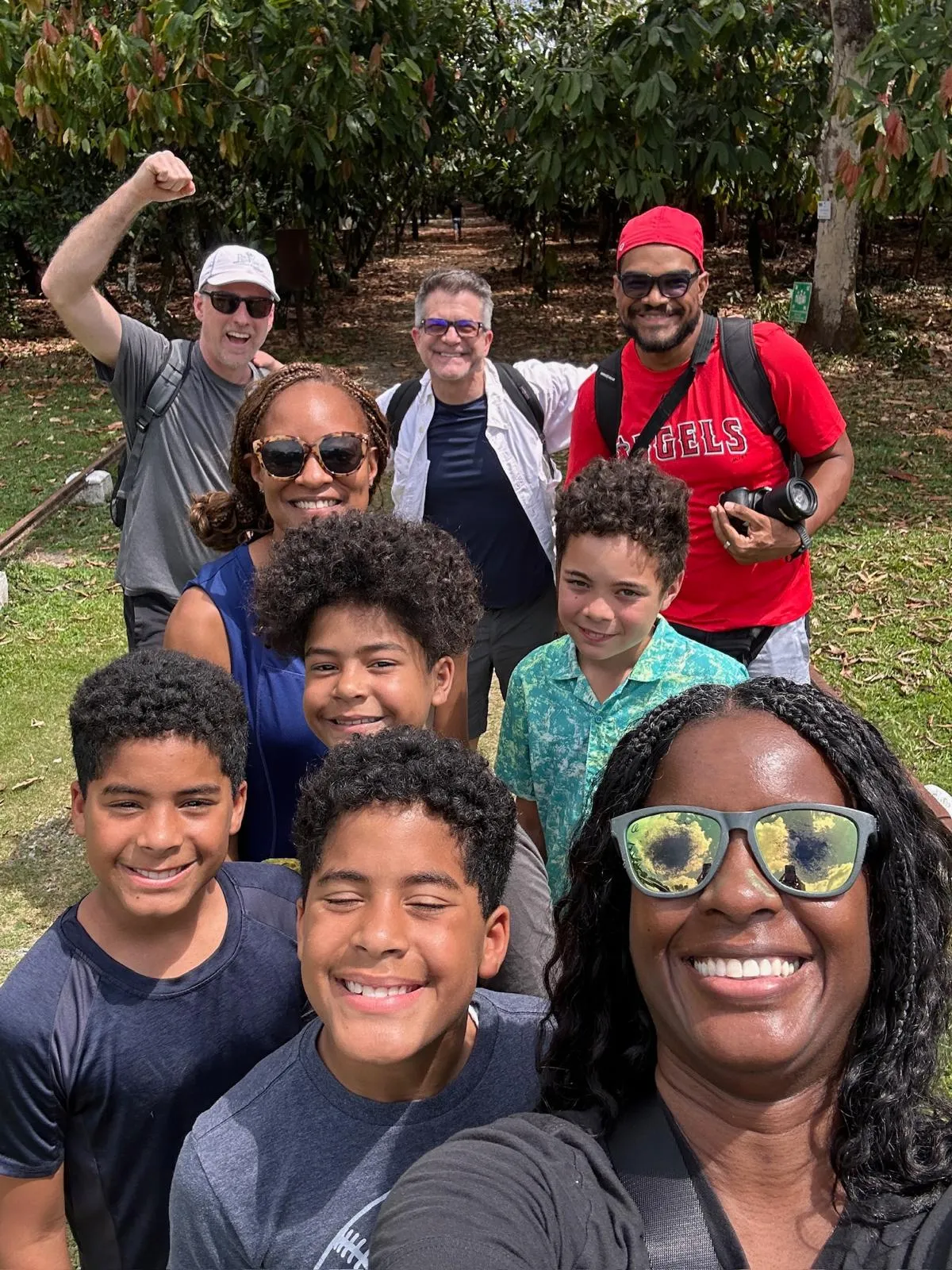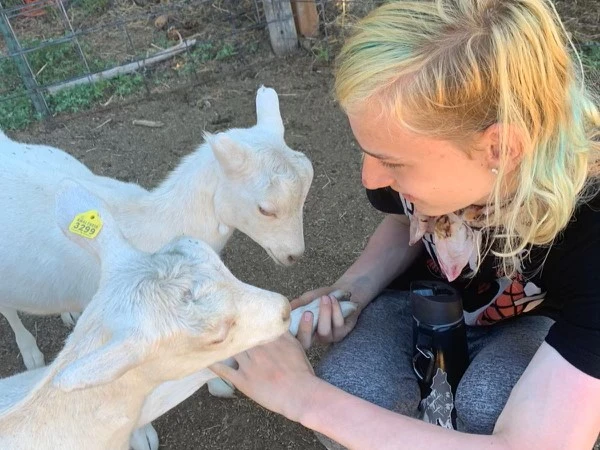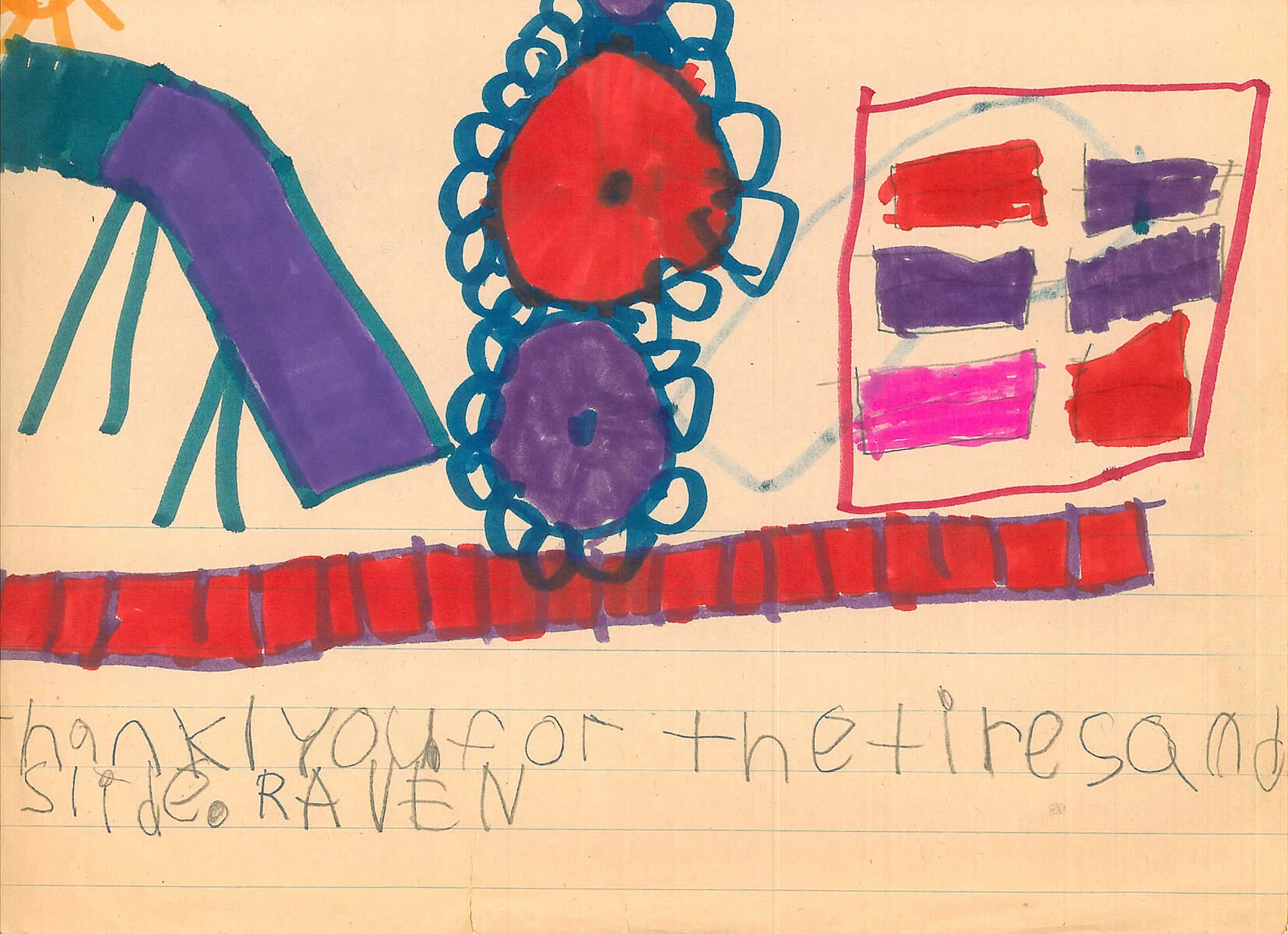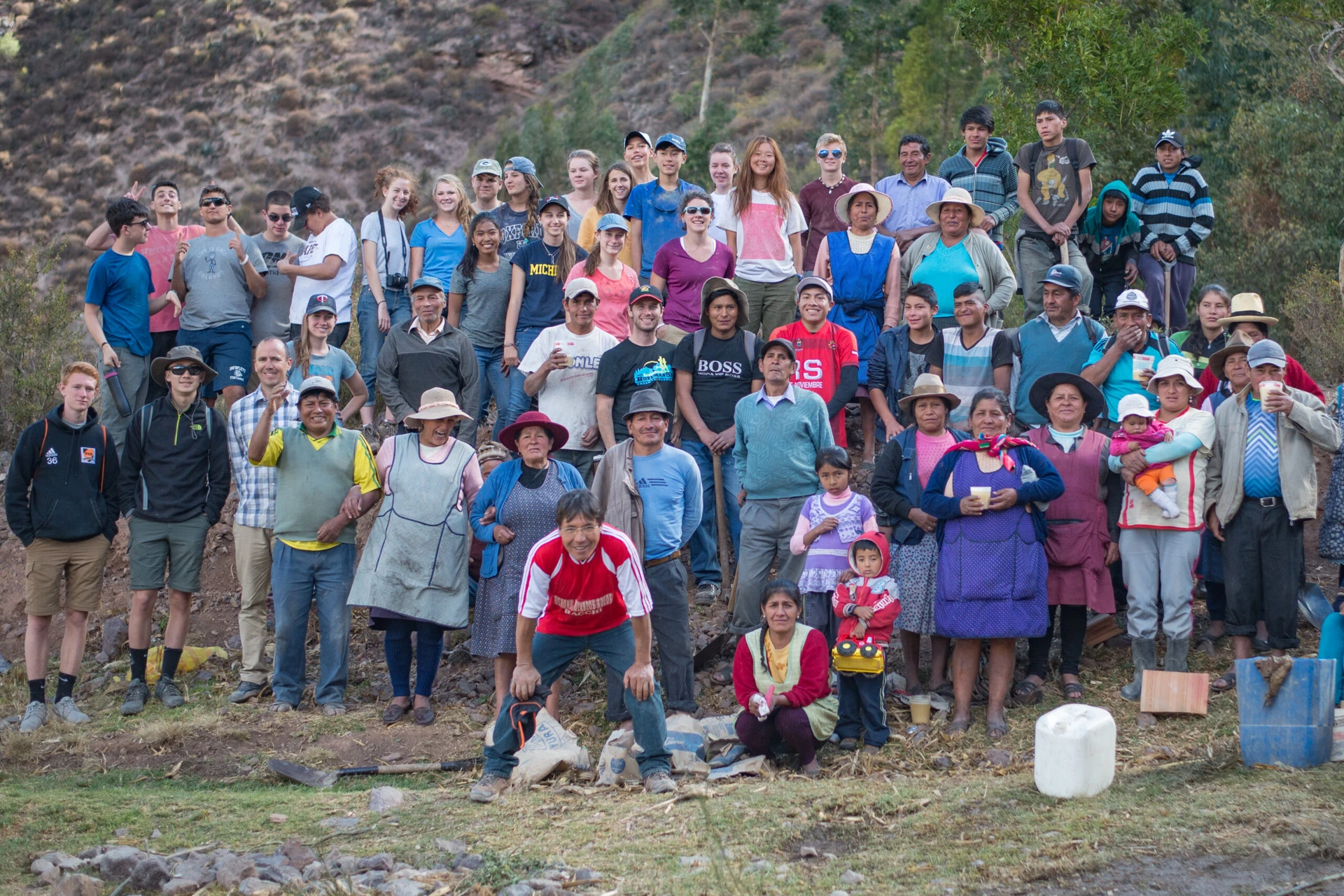Many of you are familiar with our program-specific recommended reading lists. Here are five books that can help you better understand the environmental challenges we face in today’s world, and the ways we can try to tackle them.
How Bad Are Bananas?
The Carbon Footprint of Everything
Author: Mike Berners-Lee [2020]
We all know that carbon emissions are a primary cause of global warming, and reducing our carbon footprint is a big part of what we try to teach during VISIONS programs. However, while it’s easy to know that certain activities (like driving a car or flying in a plane) produce a hefty amount of carbon, it’s not that easy to know the carbon cost of plugging in a Google search or sending a letter, for example. In How Bad Are Bananas? Mike Berners-Lee breaks down the carbon footprint of almost everything, from Twitter to electric bikes to taking a bath to buying Bitcoin.
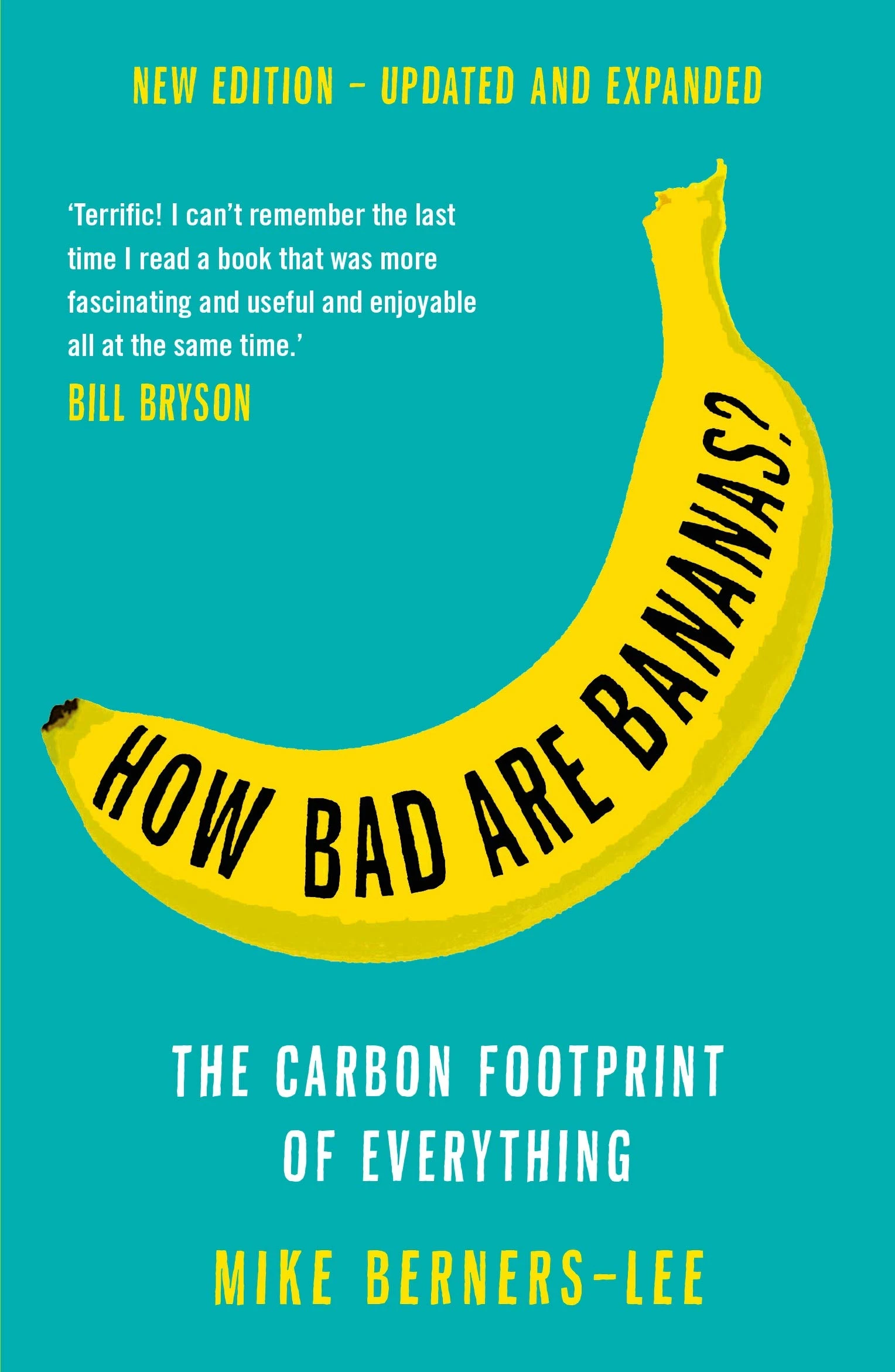
While the initial edition came out in 2009, the 2020 second edition of How Bad Are Bananas? features updated stats and breakdowns to take into account all the changes to modern life in the last decade. Berners-Lee poses thoughtful comparisons and answers any questions you may have about the carbon footprint entailed by various activities. Is it better to take a bus or drive a hybrid car? Which produces a larger carbon footprint: buying a pair of jeans or drinking a cup of tea?
How Bad Are Bananas? is a funny, invigorating read, and doesn’t just tell you the cost carbon cost of various choices, it also offers thoughtful tips and advice for the average individual trying to do their part to help turn the tide. For anyone who is concerned with the extent of their carbon footprint and is actively trying to find ways to reduce it… How Bad Are Bananas? is a great place to start.
Cradle to Cradle
Remaking the Way We Make Things
Michael Braungart + William McDonough [2002]
Cradle to Cradle is an environmental classic, published in 2002 by American architect William McDonough and German chemist Michael Braungart. With three major principles in mind: 1) Everything is a resource for something else, 2) Use clean and renewable energy, and 3) Celebrate diversity, McDonough and Braungart take a unique approach in this work, pushing back against the “Reduce, Reuse, Recycle” narrative, calling it an imperfect perpetuation of the “cradle to grave” Industrial Revolution-era model, where products only have a finite lifespan.
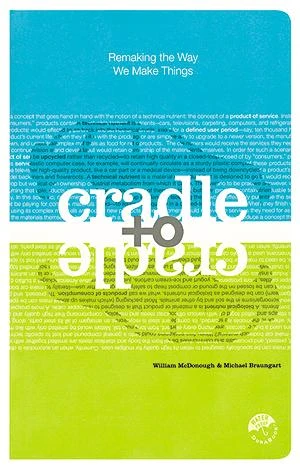
According to McDonough’s website, Cradle to Cradle represents “an integration of design and science that provides enduring benefits for society from safe materials, water and energy in circular economies and eliminates the concept of waste.”
Building off the principle of “waste equals food” the authors discuss the production of products intrinsically designed to provide nourishment for new life, as opposed to being “recycled” into lower-grade materials and uses. They discuss the potential for “biological nutrients” that can re-enter soil and water without contaminating said environments or “technical nutrients” living in constant circulation within a closed-loop industrial cycle.
While much of the text is theoretical, Cradle to Cradle also discusses how just about anyone involved in the process of making anything can begin to put these principles into practice, whether you’re a t-shirt vendor, a laptop manufacturer, or a popsicle salesman.
The Nature Fix
Why Nature Makes Us Happier, Healthier and More Creative
Florence Williams [2017]
In a different vein from our previous two entries, The Nature Fix, by outdoor journalist and author Florence Williams, discusses the myriad positive benefits that nature has on the brain and body. Williams explores the health benefits of outdoor spaces across the globe, from California eucalyptus groves to Baltic islands.
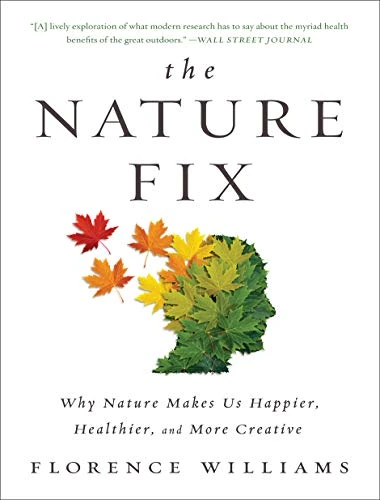
As more and more of us are spending more time indoors (particularly shedding the effects of a year of isolation during the COVID-19 pandemic), The Nature Fix’s argument appears more and more convincing and crucial for the modern human in the developed world.
All told, Williams’ work presents a powerful case for beginning to lead a more outdoor-centered lifestyle. She provides definitive proof that spending more time in nature can improve everything from our human relationships to our own self-image to our physical and mental performance, and most of all… our happiness and satisfaction in life. Come on, who doesn’t want that?
Sustainable Nation
Urban Design Patterns for the Future
Douglas Farr [2018]
For aspiring architects and urban planners, Douglas Farr’s Sustainable Nation is a must-read. In this work, which is a follow-up to his well-received Sustainable Urbanism, Farr details how the humanitarian, population and climate crises facing the modern world are all inexorably interlinked.
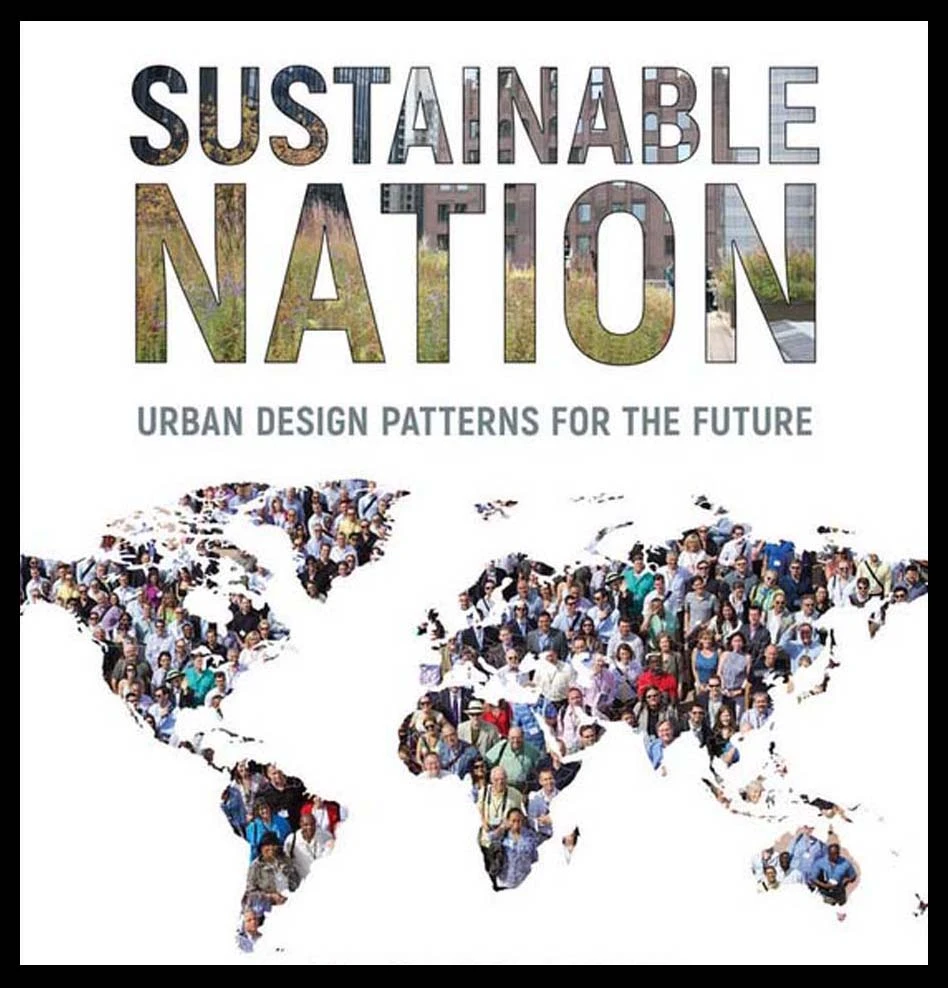
Steps toward solving one should lead towards solving the others, Farr argues. Essays from Farr and countless other industry-leading figures explore how designing cities and buildings with sustainable criteria can mitigate not only our climate crises, but the humanitarian and overpopulation issues that plague humankind as well. Intended as both a catalyst for action and an in-depth guidebook for all aspiring sustainability-focused designers and architects in the modern era, Sustainable Nation is a must-read for anyone interested in sustainable development.
Drawdown
The Most Comprehensive Plan Ever Proposed to Reverse Global Warming
Paul Hawken [2017]
Our list wouldn’t be complete without Drawdown. Many of our educational modules and projects in the future will focus directly on the lessons of Project Drawdown.
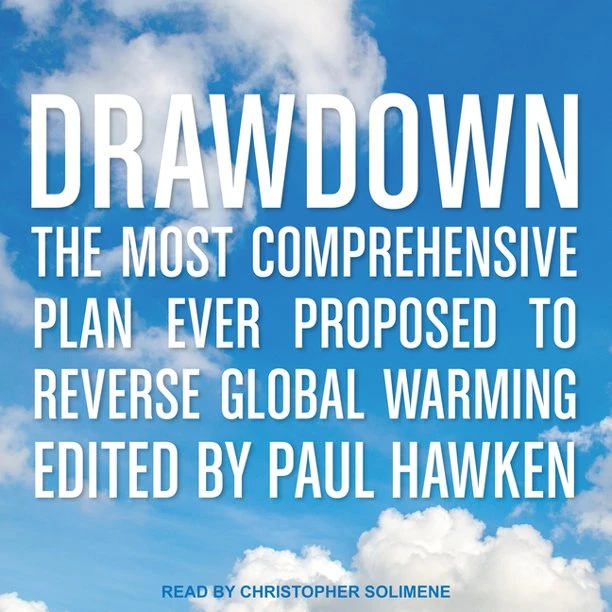
You can read more about Project Drawdown and the science behind it on our blog here, but in short, this book gathers together 100 solutions to put a stop to global warming (and reduce greenhouse gases currently in the atmosphere), with input from a variety of from leading policymakers and scientists.
Drawdown ranks a variety of viable carbon sequestering and reducing solutions – such as moderating the use of air-conditioners and refrigerators or educating women in low-income countries – via the amount of potential greenhouse gases they could potentially prevent and/or remove from the atmosphere.


